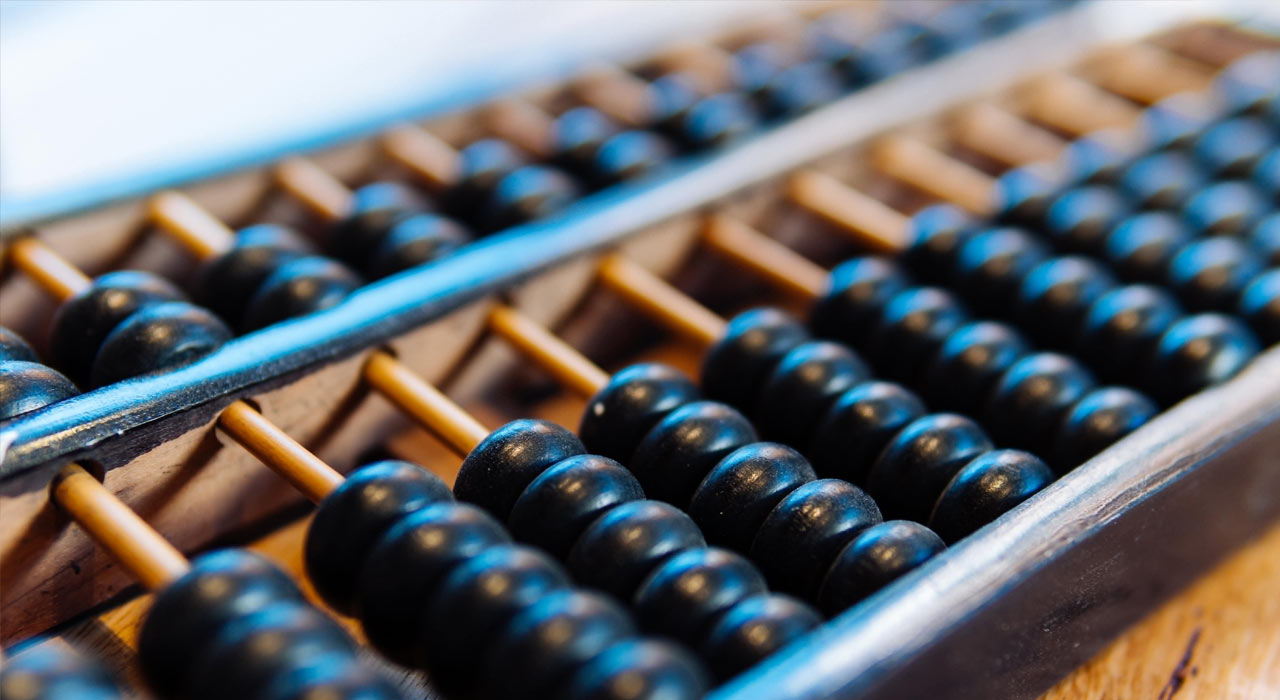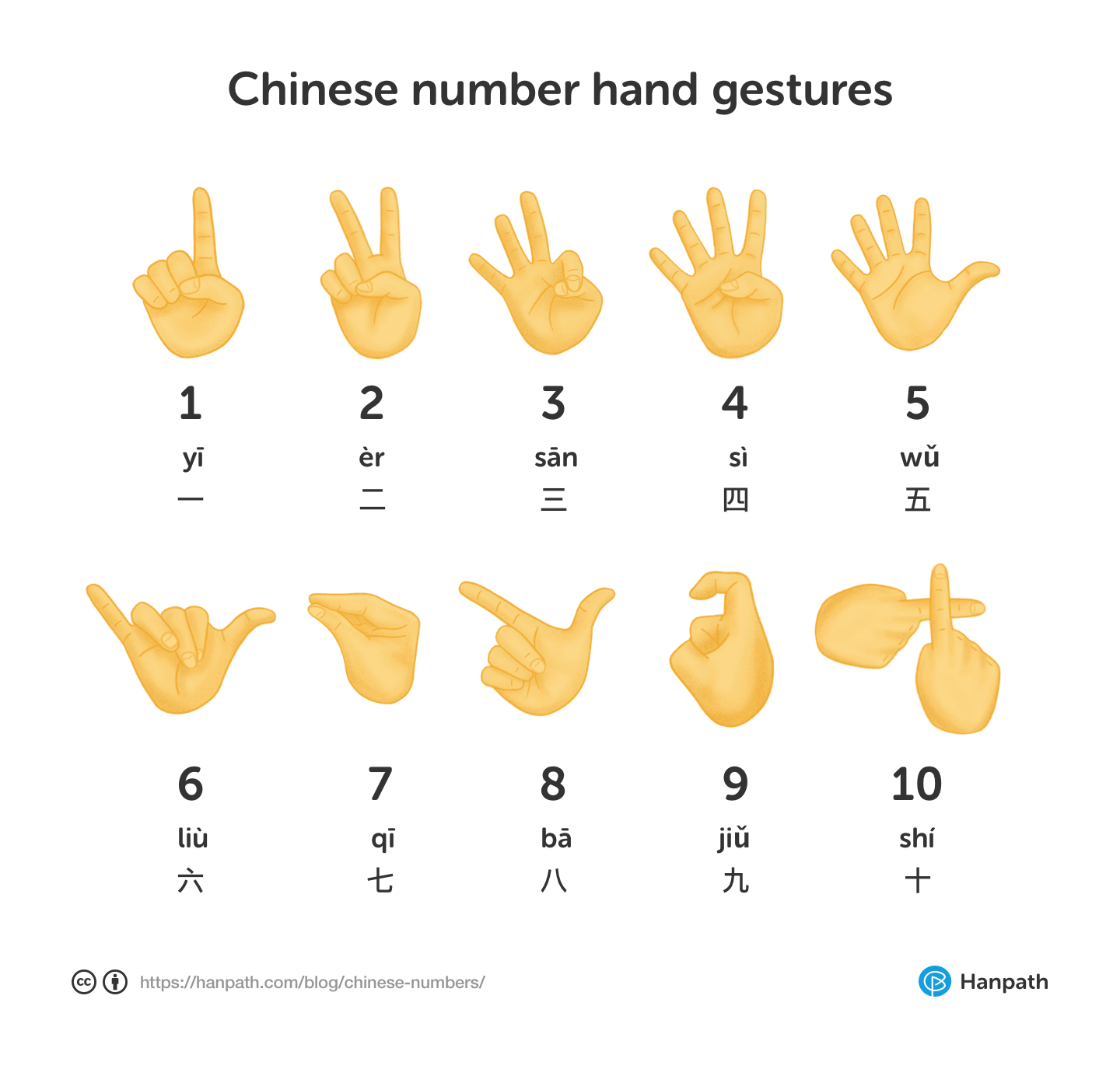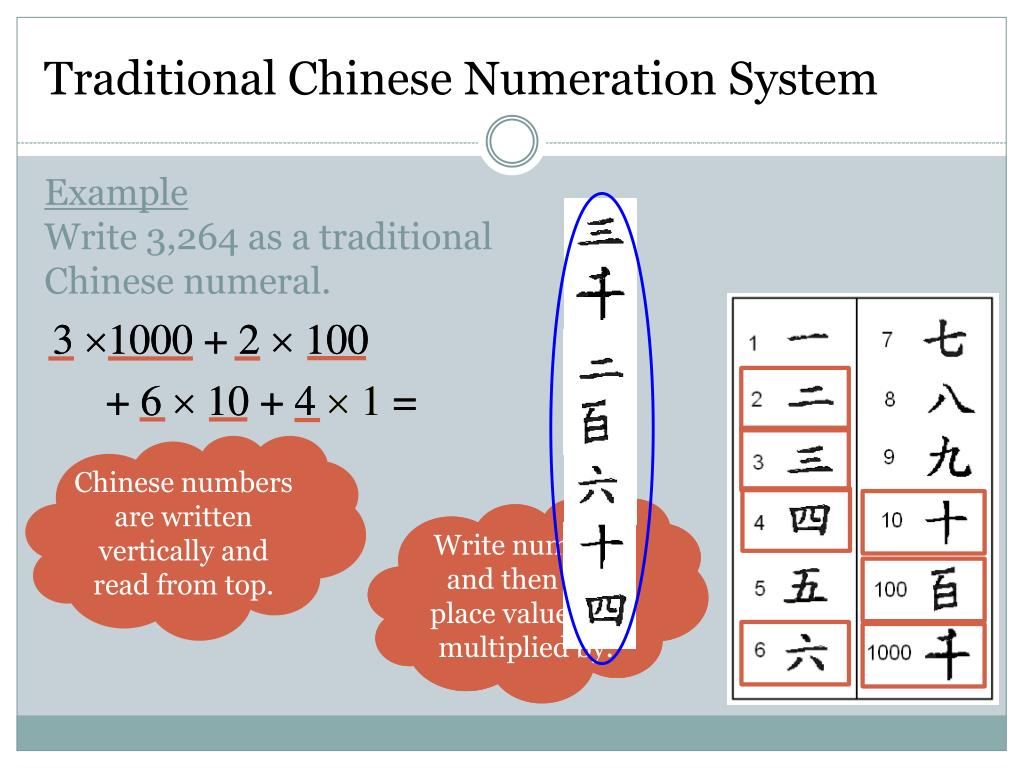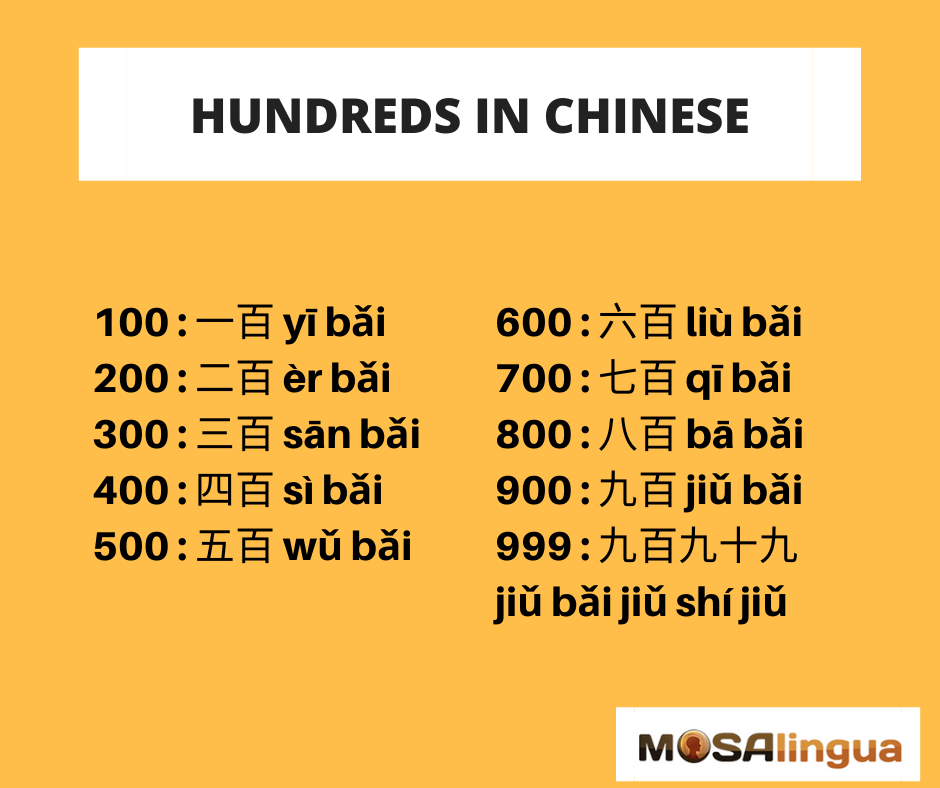
The Center of Math Blog Counting Systems Ancient China
The Chinese finger counting technique is a unique way of communicating Mandarin Chinese numbers through hand signs. It is also known as the Chinese hand-counting method. This method helps you count to ten in Mandarin Chinese on your fingers. Counting from 1 to 5 is simple, but 6 to 10 uses specific hand gestures.

Chinese Numbers Ancient China LibGuides at Seton Catholic College
The Suzhou numerals system is a version of the rod numeral systems that were formerly used in China. The Suzhou numerals developed from the Southern Song rod numerals. They were a positional system used as a form of shorthand in bookkeeping and accounting, and were popular in markets, particularly in Hong Kong, until the 1990s, since when they.

Chinese New Year Number Cards Classroom Freebies
However a second form of Chinese numerals began to be used from the 4th century BC when counting boards came into use. A counting board consisted of a checker board with rows and columns. Numbers were represented by little rods made from bamboo or ivory. A number was formed in a row with the units placed in the right most column, the tens in.

Count 1 to 100 in Chinese (数一数, 1 到100) YouTube
Mandarin Chinese numbers are one of the first things a student should learn. Besides being used for counting and money, they are also used for time expressions such as weekdays and months. The Mandarin numbering system is a bit different from English. For example, the number '2' has two forms. 二 ( èr) is used for counting, and 兩 / 两.

Numbers in Chinese Chinese Numbers 1 to 10 to 100 in 15 Minutes
Chinese people use their characters even for numbers. But nowadays, it's not uncommon to see Arabic numerals in China either. Here, I'll show you how to count from 1-10 in Chinese and I'll also include both Chinese characters and pinyin to help you learn. (Pinyin is the English romanization of Chinese characters.)

How to count numbers in Chinese21 to 30 YouTube
0: Make your hand into a fist. 1: Just like in English, raise only your index finger. 2: Also the same as in English, raise your index finger and your middle finger. 3: This is similar to English, but not quite the same. Most Chinese people raise their little finger, ring finger, and middle finger to represent the number 3.

Chinese Numbers Your Goto Guide for Counting in Chinese from 0 100+
When counting from 10 to 99, you will start to see how simple the Chinese system is. To say 20 in Chinese, you just say 'two ten', 二十 èrshí. 30 is 'three ten', 三十sānshí - and so on. Here are the tens, from 10 to 90: 十 shí 10

A Complete Guide To Chinese Number Hand Gestures That S Shanghai Vrogue
(October 2023) Part of a series on Numeral systems Place-value notation Hindu-Arabic numerals East Asian systems Contemporary Chinese Suzhou Hokkien Japanese Korean Vietnamese Historic Counting rods Tangut Other systems By radix/base Sign-value notation List of numeral systems v t e

Mandarin Numbers Mandarin language, Chinese language learning, Chinese language words
The Chinese counting system is fairly logical, and while it does have some special parts, once you learn it, you will know how to count in Chinese. Let us start from basic numbers 0 - 10: From 11 - 100 Notes: From 11-19, they're formed with 十 (shí, ten) followed by a digit: 11in Chinese read as " shíyī ". 12 is " shí'èr ", and so on.

PPT Early Numeration Systems PowerPoint Presentation, free download ID2316344
Tally marks are a numerical system used for to make counting easier. As the name suggests, it is a system that helps keep "tally" of things by number. Tally marks are commonly used for counting scores, points, number of people, or days you've spent in prison (just kidding!). Tally marks differ from country to country,…

PPT The Chinese Number System PowerPoint Presentation, free download ID3016340
Chinese numbers and counting systems had already formed in the Shang Dynasty and developed rich cultural meanings afterward.. When Was the Chinese Number System Created? In the Shang Dynasty (about 1600 BC — 1046 BC), numbers under 30,000 have already been recorded in the oracle bone scripts.

How to Learn Chinese Numbers Quickly Using Wild Association
Pre-imperial era Visual proof for the (3, 4, 5) triangle as in the Zhoubi Suanjing 500-200 BCE Oracle bone script numeral system counting rod place value decimal. Shang dynasty (1600-1050 BC). One of the oldest surviving mathematical works is the I Ching, which greatly influenced written literature during the Zhou dynasty (1050-256 BC). For mathematics, the book included a sophisticated.

Mandarin Chinese Numbers from 1 to 999 & How to Use Them MosaLingua
Table of Contents Chinese Numbers & How to Count in Chinese - An Overview Basic Chinese Numbers: 1 to 10 Chinese Numbers 1 to 20 Chinese Numbers 1 to 100 Chinese Numbers 1 to 1000 Big Chinese Numbers: to 10000 and Beyond How to Remember Chinese Numbers "Big Writing" Form of Chinese Numbers Ordinal Numbers in Chinese

Teach Kids Chinese Counting Numbers in Chinese Bilingual Kidspot
Are you learning Chinese and needing help understanding the numbers and counting system? You're not alone, so relax. Chinese numerals, counting, quantifiers, and their use in daily life and culture will all be covered in this article. So let's explore the fascinating world of counting and Chinese numbers! Understanding Chinese Numbers

Learning Chinese Lesson 2 Numbers YouTube
Start Your Free Trial Today Chinese Numbers | The Ultimate Guide (PLUS Free Quiz Inside) Learn Chinese • By Max Hobbs • October 24, 2023 The Most Comprehensive Online Guide for Counting in Chinese & Talking About Numbers Chinese Numbers are an essential part of day-to-day life. They are one of the first things you'll study when learning Chinese.

chinese number system how to write chinese numbers mandarin numbers 1 100 by charlotte yao
Counting rods ( traditional Chinese: 籌; simplified Chinese: 筹; pinyin: chóu; Japanese: 算木; rōmaji: sangi; Korean: sangaji) are small bars, typically 3-14 cm (1" to 6") long, that were used by mathematicians for calculation in ancient East Asia. They are placed either horizontally or vertically to represent any integer or rational number .